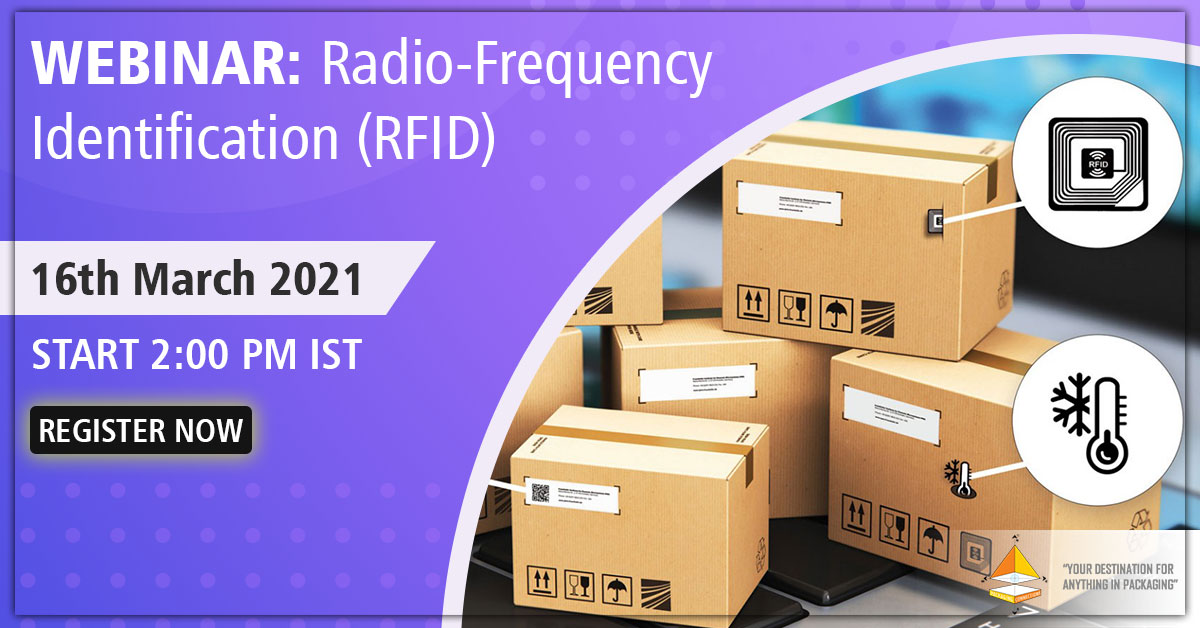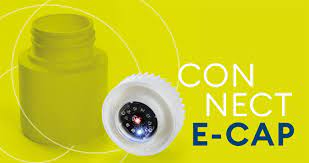Activity
-
Annual InnoPack F&B is a platform for industry leaders from the F&B sector to discuss industry trends to the business needs and challenges of the packaging companies. To ensure companies fulfil consumers expectations through strategic and innovative packaging the functions and departments we have in attendance are CXO, Packaging Development
-
Connect-e-cap®: the intelligent packagi...
-
Tetra pak accelerates action towards red...
In tandem, the company is accelerating the expansion of its paper straws offering to ensure further renewable and low
-
Winners of the recreate packaging compet...
-
Aptar beauty + home receives two sustain...
• REN Clean Skincare EVERCALM Global Protection Day Cream launched the world’s first cosmetics packaging using ISCC P
-
New multipack yogurt cups made from pp
Greiner Packaging has successfully replaced yogurt multi-packs made from polystyrene (PS) with polypropylene (PP), an
-
Webinar on injection moulding
After back-to-back successful webinars, we are now ready for another webinar on the topic of Injection Moulding. One of the most common methods of converting plastics from the raw material form to an article of use is the process of injection moulding. This process is used for thermoplastic materials and other polymeric materials which may be successively melted, reshaped, and cooled. Injection moulded components are a feature of almost every functional manufactured article in the modern world, from automotive products to food packaging. This versatile process allows us to produce high-quality, simple, or complex components on a fully automated basis at high speed with materials that have changed the face of manufacturing technology over the last 50 years or so.
A comprehensive presentation that will be discussed are:
• History of Origin and Use
• Advantages and Current Uses
• Disadvantages
• Applications in Packaging
• Design Capabilities
• General Manufacturing Process Overview
• Machine Components and Types
• Process Variables
• Runner Systems, Moulds and Operating Systems
• Quality Control
• Specialized Processes Features and Differences
• Types of Blowing Agents
• Packaging Examples
The webinar will be live on 6th April 2021 02:00 PM - 03:00 PM. It's a free webinar and can be participated by registering at Injection Moulding. For recordings, presentation copy there would be a nominal fee which participants can decide to go for it in case they like the content. Looking forward to seeing you at Webinar.
https://www.packagingconnections.com/webinar/injectionmoulding/
Company NameSanex Packaging Connections Pvt LtdImage DesignationFounder and CEO of the Company
DesignationFounder and CEO of the Company -
#plasticpackaging: roll-up packaging sav...
A new HDPE bottle developed in cooperation with Beiersdorf for its NIVEA brand is good for the environment in a numbe
-
Kraft heinz pilots roof board made of re...
According to a news release from Kraft Heinz, the project installed roofing made from postconsumer flexible plastic i
-
Mars food launches recyclable microwave ...
“Learnings about how to run the material through Mars’ supply chain” would “inform a wider rollout in the year ahead”
-
Pulpex welcomes gsk consumer healthcare ...
Pulpex Limited (www.pulpex.com) is a new world-leading sustainable packaging tech
-
Amcor creates australia’s first soft p...
Today a lack of both collection and processing infrastructure makes it difficult to keep waste out of landfill and me
-
It's in the bag! tesco partners with mon...
-
Airplus® 100% recycled is setting new b...
-
Saica flex launches new ready-for-recycl...
Saica Flex, the flexible packaging division of Saica Group, has developed a new range of ready-for-recycling monomate
-
Importance of packaging design in brandi...
-
New lightweight tube and low profile fli...
The image and potential of plastics has taken a battering in recent years, but we firmly believe that these materials
-
Smurfit kappa launches innovative punnet...
Recent research by Smurfit Kappa has found that consumers prefer a punnet that balances visibility of the contents wi
-
Amcor wins two flexible packaging associ...
This year, Amcor is thrilled to be recognized for our leadership and celebrate two gold Flexible Packaging Associatio
-
Webinar on radio frequency identificatio...
All segments of the supply chain can take advantage of wireless (sensor) technology. Retailers in general merchandise, grocery, apparel and other categories are now piloting RFID programs and reporting improved sales from greater stock availability, cost savings and increased responsiveness, especially in receiving and inventory control operations. Current RFID tags are based on chips containing a memory that can be wirelessly read out to uniquely identify products. As these applications continue to prove their value, labels with additional functionality such as time-temperature, pressure, tilt monitoring and chemical sensing are emerging. This requires low-cost sensor development.
The usage of RFID tags in packaging opens new avenues for greater safety, convenience and quality while moving with a mission to offer necessary information to consumers in the right moment. RFID technology that is set to provide information about drugs is also in the forefront to guide food lovers when they choose food packages. Researchers combined a wireless sensor that can find the spoilage in chopped fresh fruits with a printable RF tag and arranged it underneath the package label. If there is any formation of ethanol in food package, the sensor senses and sends information to consumer which can be accessed through near field communication (NFC) enabled smart phone. The data is sent via a reader, it can also be used from a remote server which stored it digitally, with the help of a smart phone.
Radio-frequency identification (RFID) can help to tackle many problems in the food and beverage industries such as waste in the supply chain, empty shelves, theft, counterfeiting and recall of debased or dangerous product following a bioterrorism incident or outbreak of foodborne disease. It is currently used on or in only a tiny percentage of food or drink packages, but it may be extensively used before the end of the decade.
RFID is a method of data collection that involves automatically identifying objects through low-power radio waves. Data is sent and received with a system consisting of RFID tags, an antenna, an RFID reader, and a transceiver.
Company NameSanex Packaging Connections Pvt LtdImage DesignationFounder and CEO of the Company
DesignationFounder and CEO of the Company








